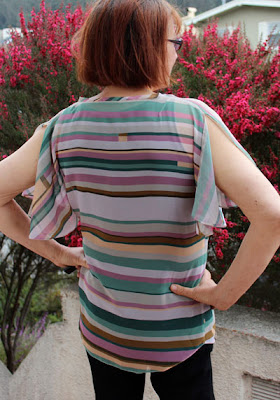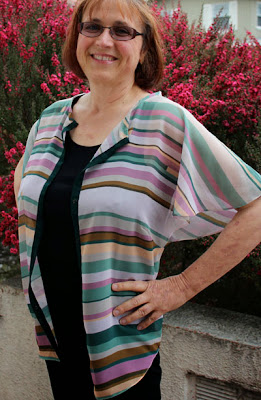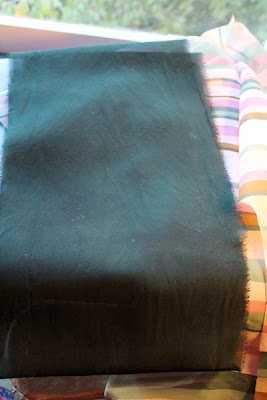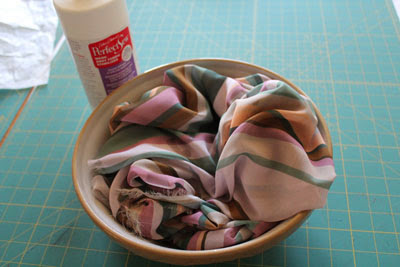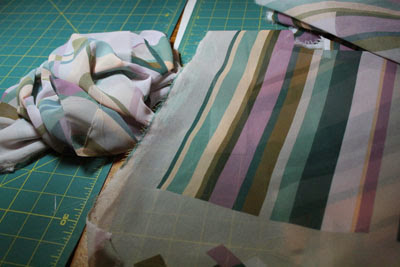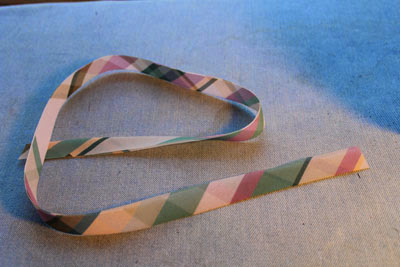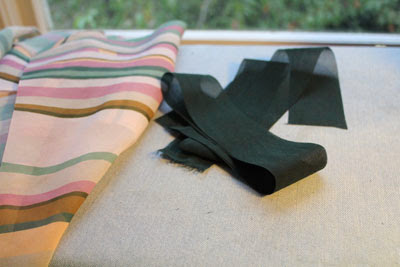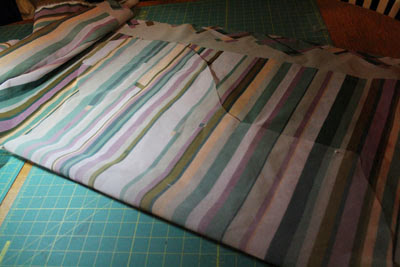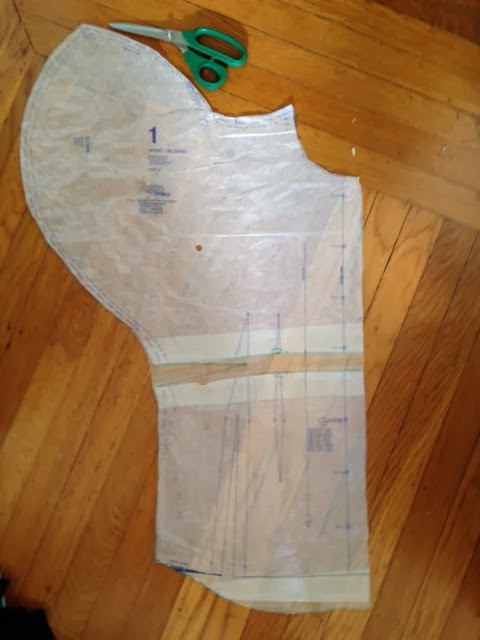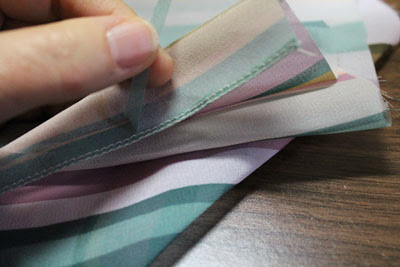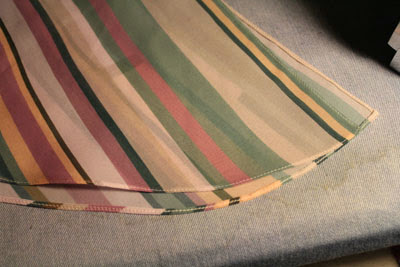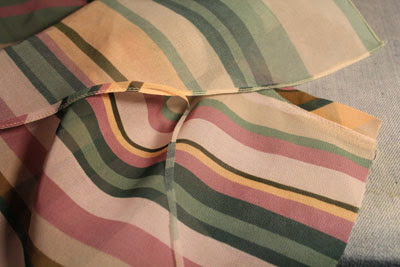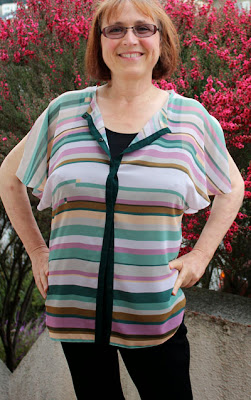The Fabric Mart poll is up for the 6th challenge. Please Go vote!
I continue to hear good things about changes at the helm of McCalls patterns. This is very heartening to hear.
I hear that they are open to input.
In that spirit, I am going to give some feedback on all of the non-dress patterns that were released today in the Winter/Holiday batch of patterns. I normally only highlight my favorites, but I thought I would expand my comments this time around. There are a lot of dresses and I will leave those to be reviewed by folks who wear dresses, or get excited by dresses.

I am very excited about this asymmetric, seamed vest from Marcy Tilton.
Very. excited.
I. want.

Marcy Tilton has a new accessories pattern. This has 2 hats, both are incredibly cute, as well as some scarves and fingerless gloves. I am especially in love with both hats.

Sandra Betzina has a new tunic top and leggings. I know from experience that these leggings are likely to be too large for my freakishly tiny hips, but the top is cute with draw strings in the shoulder seams. It strikes me as a rather summery design, so it's interesting that it was released in the winter batch.

While this is a cute vest made up in the black organza with striped binding, it is very loose and unfitted. This would not flatter me at all. Clothes that lack shaping below the bust are not for me, but it would be cute on the right person. (It would look great on Peggy!)


I love Koos van den Akker's design aesthetic but, once again, this coat is too unfitted for my liking. I will buy this pattern anyway because it has interesting details. One of my friends calls patterns like this "reading material".

This is a nice basic wrap skirt with drape options. I like it.


Two styles of wrap tops. These are cute and unusual!! I like very much! (Though I would have to muslin the cropped version to see if it works with my bust - it all depends on where it lands.)

Another tee that is fitted through the bust, flares at the hem, and has a high-low hem. There is a cowl option. It feels like we have seen this many times before. I wish this top offered more interesting details, more variety. We see the same styles over and over. It's fine if you don't have anything like this in your pattern stash, but it feels like a missed opportunity.

Pullover tunic (with optional hood) has side slits, back is slightly longer than the front, kangaroo pocket.... YAWN. Again, we have seen this. Repeatedly. I was at a blogger meetup recently and a woman was wearing a hoodie that had an interesting detail at the wrist. It was fitted at the wrist and there was a shaped inset using a really stretchy power-type fabric. It was very cool. Why can't we have some interesting details like this? Or maybe an unexpected pocket. Please? This feels like another missed opportunity, Vogue.

Really?!?!? Haven't we seen this a million times? And, by the way, if you have a large bust, this yoke might be very unflattering indeed. Unless you are a completely new sewist, you already own a version of this pattern. Definitely a missed opportunity. (It also looks like the neckline might be very wide and might need modification.)

Don't be seduced by the stripes. This top is ok, it isn't really exciting, but it's got some interest to it. The skirt and pants are basic. This pattern is a maybe for me - it's ok, but doesn't have me super excited.

Really, Vogue? Only one pattern for men and this is it?! If I sewed for men, I would not be happy. I have been craving (for years now) INTERESTING robe patterns. Something other than the ubiquitous wrap robe. For example, how about a robe like this:

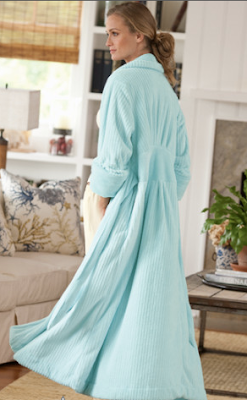
Vogue?
Someone???


O.M.G.
Look at these pants. LOOK AT THESE PANTS!!!
Excuse me while I elbow people out of my way to get at these pants.
And they come in a size 4!!!!!
SWOON. This and Marcy's vest are my two favorite patterns in this batch.
HEY! Did you SEE these PANTS?!?!

Wow, if you need something like this, view A, with the seaming is very interesting! (The pic above shows the back of view A.)

Easily one of the most unflattering patterns I've seen in a long time. I wore this top in the 70s, when I was a teenager. It didn't look good on me then, either. This style is not flattering on most, unless you are very thin and your fabric is very floaty.

This is ok. I always look at suit patterns because I hope that I might see a jacket I want. This one seems like one I've seen a million times before. Nothing new or exciting in the details. The bias top/dress has flutter sleeves. It might be worth purchasing the pattern if it excites you, but it doesn't grab me.

Again, nothing new or exciting here and, in fact, that deep v-neck with the low-slung lapels (view D) can give one a "droopy boob" look. I wouldn't chose this silhouette, but it could look nice on the right figure.

Really, Vogue?!? Really??? As we head into winter, you give us one winter coat and this is it? It's not even lined and it is SO.BORING. A huge missed opportunity.
Well, that's my take on the batch. As always, YMMV (Your Mileage May Vary). :D
